After being closed for several weeks for bird training, our Tropical House is now open again!
We have been working hard with our group of Rainbow Lorikeets so that they are comfortable with eating some of their daily food allowance from visitors. I think that getting up close and personal to the birds like this is such a privilege, and many of you have already enjoyed feeding them too.

The Tropical House exhibit is now open during supervised times so that we can make sure the birds are interacting with everyone in a safe environment for the birds.
Make sure to check opening times on our daily talk’s noticeboard, or on the app, to make sure you don’t miss out on a feeding session. A limited amount of pots of nectar can be purchased from the kiosk at the enclosure. Our friendly staff are always happy to answer any questions you may have about the birds.
FAQs
I thought this would be the perfect opportunity to answer some of the frequently asked questions we have been asked since starting our feeding sessions below…
Why do you sell nectar rather than other types of bird food?
A lot of people have been quite surprised that we sell nectar for the Lorikeets and not seeds. For a lot of parrot species, too many seeds can be detrimental to their health. In the wild the bulk of their diet would be made up of nectar, pollen, and fruits. If you have a look at them closely when feeding them, you’ll notice that they have bristles on the end of their tongues! This interesting adaptation allows the tip of the tongue to act like a sponge. This helps when the birds are feeding from flowers.
What is in the lorikeet nectar?
We make the nectar fresh each day, a recipe tried and tested by other zoos as well. It is basically lots of sweet ingredients such as glucose powder, bee pollen, golden syrup, black treacle, brown sugar and honey. The mix also includes powdered baby food, bird vitamins, some cod liver oil and a little squash to finish it off.
Why do you only sell a set amount of nectar?
Like with us or any animal, being overfed can lead to health issues. We sell a set amount of nectar each day on a first come first served basis. So, if we’ve been really busy, we might sell out of nectar before the end of the session. My advice would be not to wait until the end of the feeding sessions if you’ll be disappointed not to feed the birds on your visit, as this activity is becoming very popular!
Can the lorikeets be fed anything else?
No. A lot of food that is safe for us is unsafe for birds to eat. Please don’t bring any other food into the Tropical House. As mentioned above, the birds are on a strictly controlled diet. Some human foods can be very harmful to them, and so can having too much food.
Avocado for example is deadly! Onions, garlic, and raw potatoes are also harmful. Bird’s digestive systems are not designed to handle high levels of yeast and gluten found in foods like bread and pastry as it may start to ferment in their gut leading to health issues. This can cause discomfort and distress to birds.
Chocolate contains a substance called theobromine which is poisonous to birds and many other animals. High fat and cholesterol in dairy products can cause long-term health risks and birds are especially sensitive to the bacteria in these foods which can cause infections.
And lastly, if they are fed too much food they can easily become obese. Not only can obesity lead to its own plethora of health issues, but the birds may not want to participate in training either. It’s vital that the bird keepers get a good close look at them all each day for a health check.
Do the lorikeets land on people?
Most definitely! When we are feeding the birds, I assume they treat us like a tree. So yes, they may want to perch on your head, arms, and shoulders, even if you haven’t purchased any food for them! Some of them even like to preen through your hair if they’re in an affectionate mood!
If you’re not too sure about them sitting on your head, I recommend wearing a hat or an item of clothing with a hood. If you don’t want to have as many come down to you when feeding them, it is worth mixing in with a group of other people, or walking a good distance away from where we are selling the food.
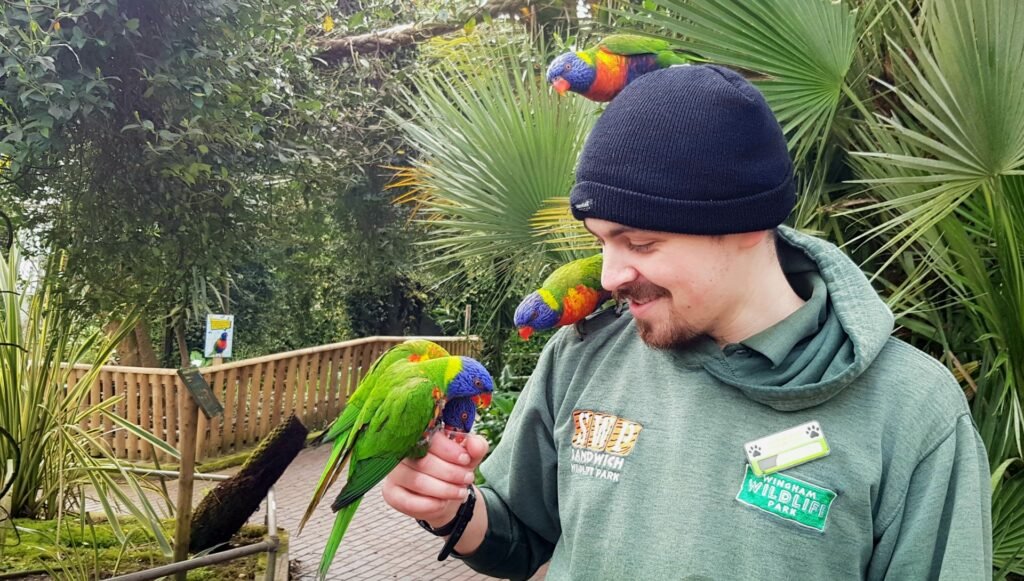
Can people stroke the lorikeets?
Whilst the birds are friendly when you are feeding them, they don’t really like being stroked and may tell you so with their beak. Unlike dogs and cats that have been domesticated for thousands of years, most other animals aren’t too keen on being touched by unfamiliar people.
How many rainbow lorikeets are there?
At the moment we have 93 Rainbow Lorikeets, although their numbers do fluctuate throughout the year. It is likely that some of the youngsters will be moved or be exchanged with lorikeets from other zoos. This will help keep the genetics diverse. We are just starting to see breeding behaviours now, so we will most likely have chicks soon!
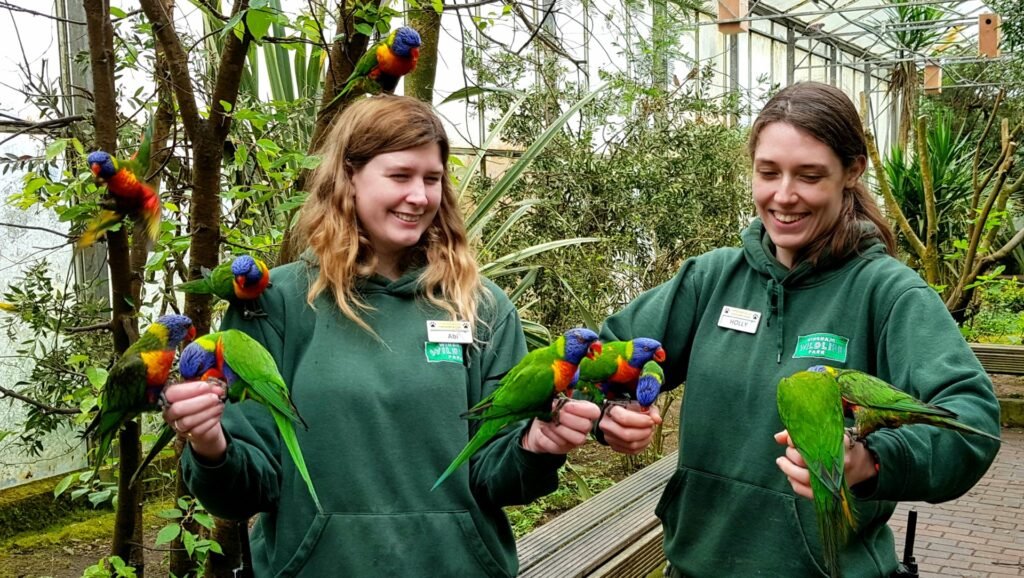
Where do the lorikeets come from?
Rainbow Lorikeets come from Australia and New Guinea in the wild. If you would like to learn about them in a lot more detail, see my previous blog about them here.
Do we have any other species in the Tropical House?
Yes! We have several species that live alongside our Rainbow Lorikeets in the Tropical House. Look out for their information signs as you walk around the exhibit. Some of the big characters include our Blue-crowned Pigeon (Gok) and our Vietnam Pheasant (Sheldon). The Vietnam Pheasant is one of my favourite species in the park and probably our rarest.
Can the nectar be fed to the other species?
No! The nectar we sell is specifically for our Lorikeets as they are adapted to eat very sweet foods. This food is too sugary for the other species which are more adapted to a seed and vegetable diet.
Show us your photos!
I hope you have enjoyed reading all about feeding the Rainbow Lorikeets! Have you already had a go at feeding them? We would love to see your photos!
Tag us in your pics on social media so we can see how much fun you’ve had feeding our rainbow lorikeets!
Source: winghamwildlifepark.co.uk


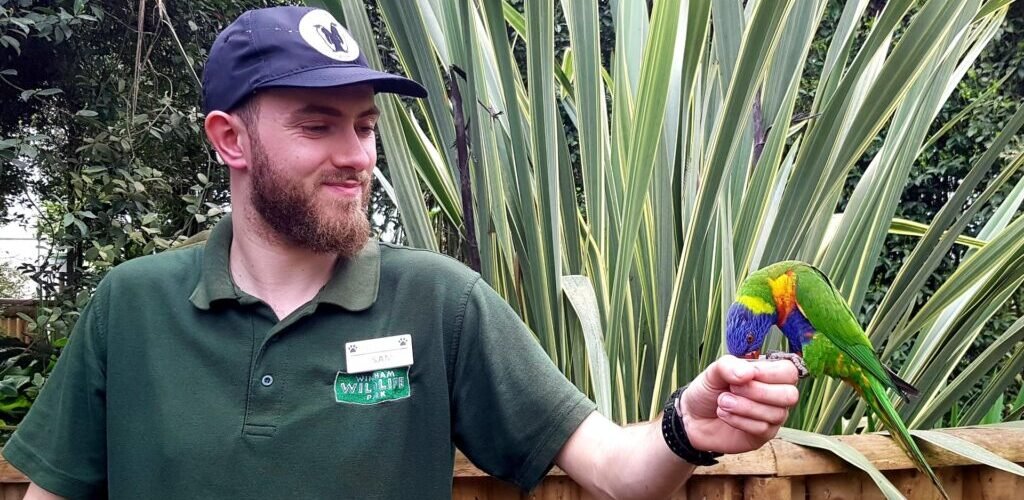



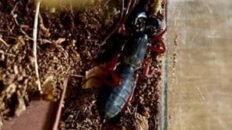

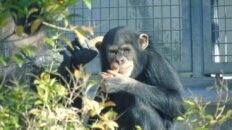
 Please wait...
Please wait...
Add comment